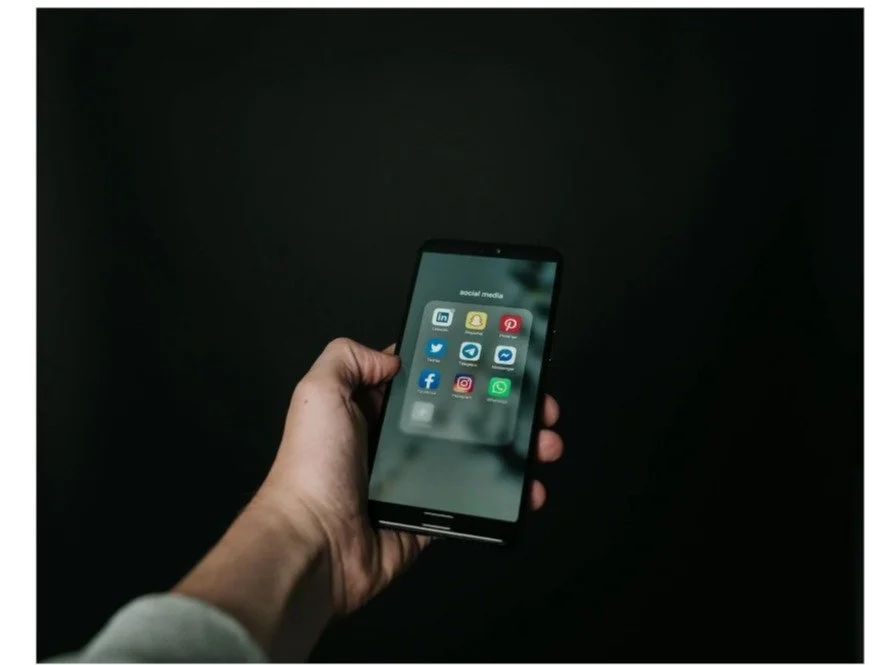The Impact of Emerging Beauty Trends on Industry Standards and Consumer Expectations
Beauty standards shift constantly, shaped by evolving technology, pop culture, and consumer desires. What was once seen as aspirational now feels outdated in a matter of years. Social media has amplified this cycle, creating trends that dominate for a moment before fading quickly. Consumers are no longer passive observers but active participants, pushing industries to adapt rapidly. The relationship between brand and buyer has become more interactive, more informed, and more demanding. This shift is reshaping how products are created, marketed, and consumed. One of the clearest areas where this evolution can be seen is in aesthetic treatments, particularly non-invasive procedures that align with the desire for quick yet effective results.
The Popularity of Dermal Fillers and Accessible Aesthetic Enhancements
Interest in dermal fillers continues to climb as more people seek subtle improvements without surgery. Fillers have gone from a luxury service to a routine treatment for many, often performed in casual settings like medspas or clinics. Social media plays a large role here, with influencers showing their results in real time, reducing the stigma around cosmetic work. People no longer feel the need to hide treatments but often showcase them as part of their self-care routines. This shift has made access a central focus. Consumers want to research, compare, and even purchase products directly. It’s not uncommon for individuals to search for where to buy fillers online or research what professionals use. While regulations vary by region, curiosity and demand highlight how modern consumers approach beauty with agency and information at their fingertips.
Personalized Beauty Standards Are Replacing One-Size-Fits-All Ideals
There was a time when beauty meant conforming to a narrow mold: one kind of face, one body type, one idea of perfection. Today, the trend leans toward personalization. Individuals are more likely to celebrate unique features and seek enhancements that highlight rather than erase them. This shift stems from a growing awareness of cultural representation and the rejection of a single global beauty ideal.
Brands have caught on. Skincare, makeup, and cosmetic procedures are being marketed with the idea of customization. Foundation shades now span broader spectrums. Facial treatments are designed for specific skin textures or bone structures. The trend signals a move toward inclusion, not just in who is marketed to but in what is considered desirable.
The Rise of Technology-Driven Skincare and Virtual Consultations
New technology has reshaped how consumers approach skincare and cosmetic treatments. AI-driven skin analysis apps and virtual consultations with dermatologists or aesthetic providers are making expert advice more accessible. These tools analyze pores, fine lines, and pigmentation, offering product recommendations or treatment plans tailored to individual needs.
Virtual platforms allow people to preview potential outcomes of cosmetic procedures using augmented reality, which gives them a clearer sense of what to expect. This tech-savvy approach builds trust, letting clients feel more involved in the decision-making process. It also increases transparency between provider and consumer, narrowing the gap between curiosity and commitment.
Social Media’s Role in Shaping Beauty Aspirations and Expectations
Social platforms don’t just reflect beauty trends—they create them. Filters and image editing apps have redefined what “normal” faces and bodies look like. People are exposed daily to highly curated, often digitally enhanced images, which can shift perception without most realizing it. What looks natural may, in reality, be heavily filtered or modified.
This constant stream of imagery affects how individuals view themselves and others. It also fuels demand for specific treatments—whether it’s jawline contouring, lip augmentation, or under-eye filler. Clinics and brands now track trending procedures based on online discussions, hashtags, and influencer promotions. The influence is undeniable. A single viral video can spike interest in a treatment overnight.
The Emphasis on Preventive Aesthetics Over Corrective Measures
Where once aesthetic treatments were used to correct age-related changes, the current generation often begins earlier. Preventative measures are now embraced by people in their twenties and thirties, not to reverse aging but to delay it. Botox, for instance, is frequently used not to smooth existing wrinkles but to prevent them from forming.
This approach reflects a different mindset around self-care and aging. People want to maintain a consistent appearance over time rather than achieve dramatic transformations later. The goal is longevity, not overhaul. Treatments like micro-needling, laser facials, and collagen boosters are popular because they work with the body’s natural processes. The idea is to sustain a fresh look with small, consistent efforts.
Sustainability and Ethics Are Reshaping Consumer Demands
Beauty buyers are thinking beyond aesthetics. Ethical sourcing, cruelty-free testing, and sustainable packaging have become part of the decision-making process. Transparency isn’t just a buzzword—it’s expected. Consumers want to know what’s in a product, where it came from, and how it was made. This push has forced many companies to reevaluate their practices and messaging.
Plant-based ingredients, refillable containers, and brands that openly share their sourcing processes are gaining loyalty from younger consumers. There's a noticeable shift toward minimalism in routines, with a preference for multi-use products and less waste. This movement aligns with broader social concerns and ties beauty back to individual values.
Emerging beauty trends are changing how the industry operates and how consumers engage with it. Brands that listen closely, adapt quickly, and respond authentically are the ones best positioned to grow in this new era of empowered beauty consumers.








